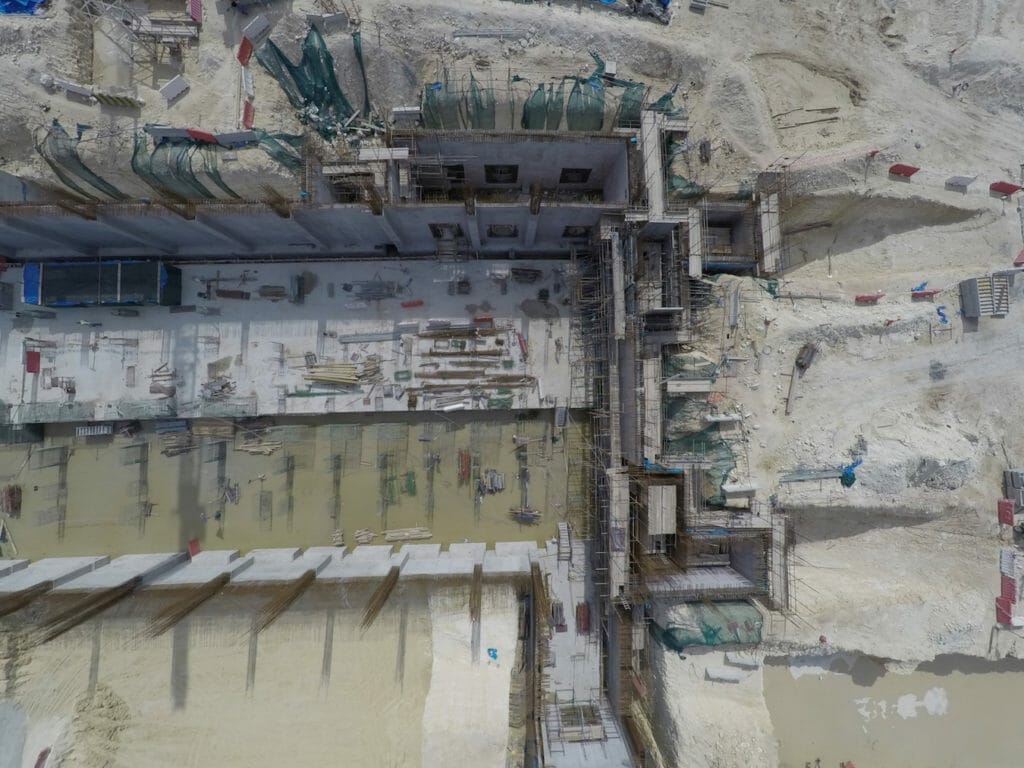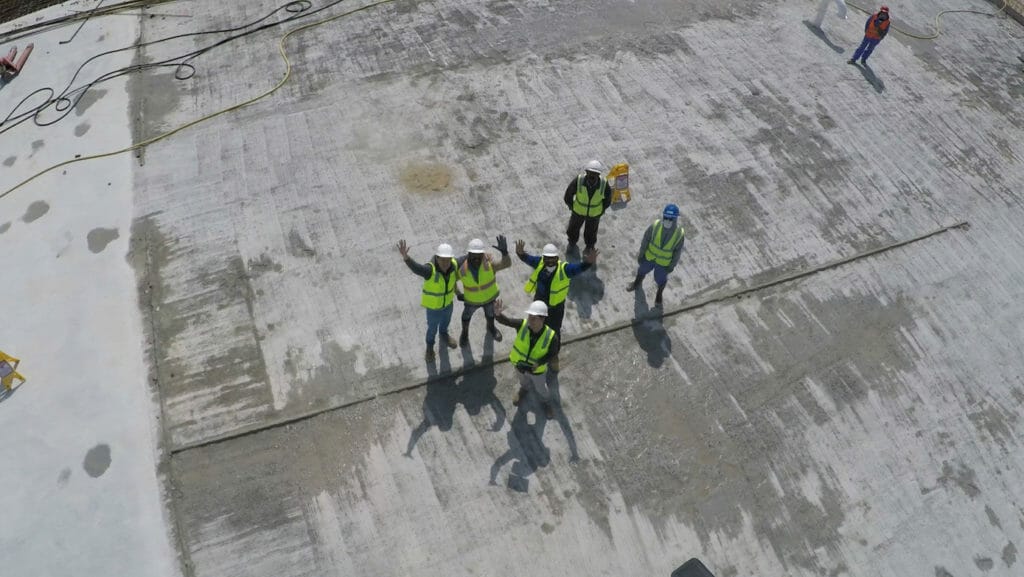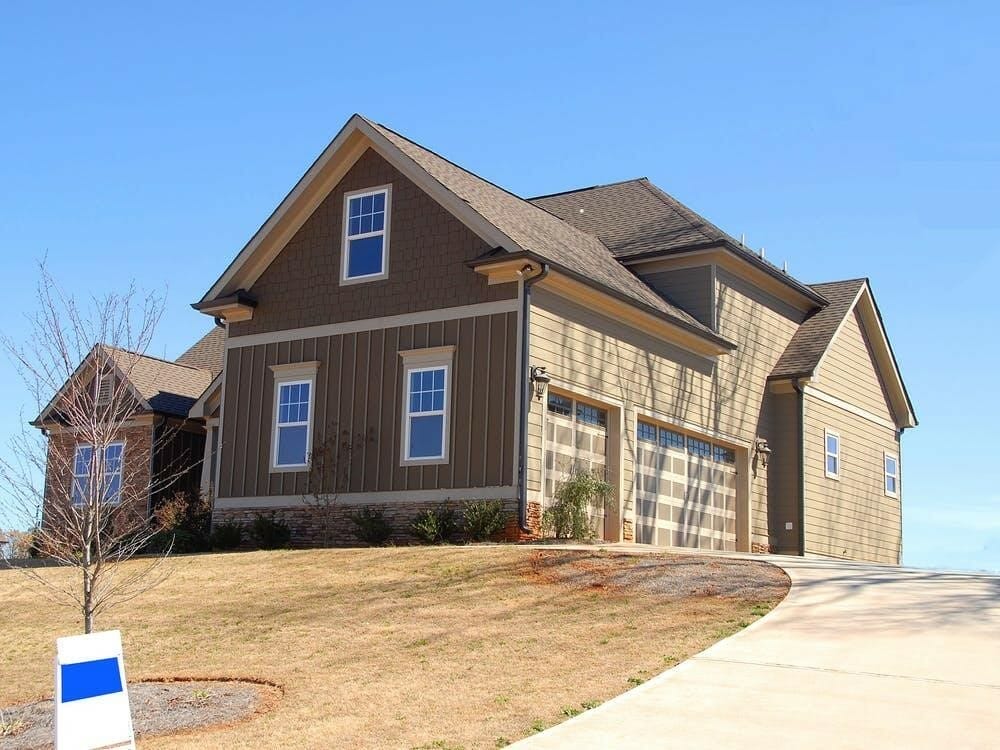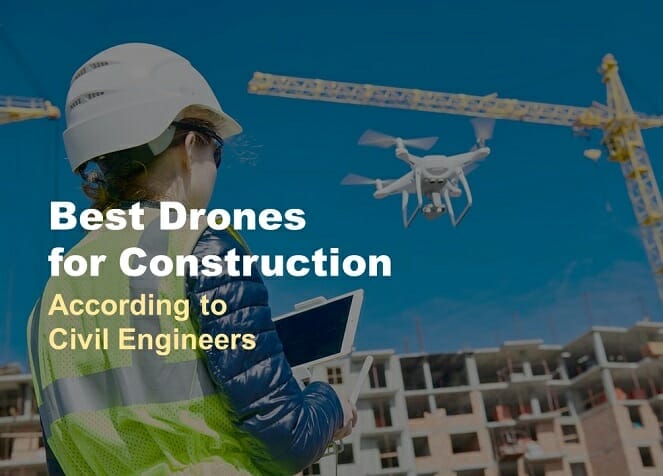Across the Middle East, clients are increasingly looking for innovative solutions that can help them to deliver their construction projects in a safer, quicker, and more cost-effective way than ever before. Embracing technology and new ways of working is the only way to meet this challenge. One area where we see huge potential to disrupt some of the more traditional construction processes, is through the use of Unmanned Aerial Vehicles (UAV), or drones as they’re more commonly known.
In Qatar, the regulatory environment has recently changed and this has opened up opportunities to use drones for commercial purposes, including within the construction industry. At Arcadis, we’re already using UAV solutions on several client commissions including transport infrastructure schemes, real estate developments and water and utility projects.
What benefits can drones bring to construction projects?

We find that drones can help to address a wide range of challenges that clients typically face on large-scale construction projects. Some of the key benefits that we’ve seen delivered on real-life projects include the following:
IMPROVING THE ACCURACY AND QUALITY OF DESIGN WORK
The quality of the scans and aerial imagery that drones can provide is absolutely first-class. By exporting these into software packages like CAD or Autodesk Cloud, we can develop 3D models that are within 2cm accuracy of real-life conditions. This complements the results that can be achieved through more traditional methods (in a much shorter timeframe), and helps to reduce the risk of incorrect decisions being made on a project.
DELIVERING SIGNIFICANT COST SAVINGS
Using a drone to carry out standard surveying activities is a much more cost efficient approach as it removes the need to erect scaffolding or mobile platform equipment. As an example, for a typical topographic survey, the use of a drone can help to reduce costs by approximately 50%. Furthermore, the quality of the information provided also means that less rework is required. By overlaying imagery collected from the drone with the original design, errors and mistakes can be spotted before they’re submitted to a client and long before they become costly to fix.
COMPLETING WORK FASTER THAN BEFORE
The use of drones can reduce the length of time needed to carry out basic surveying and scan work, as there’s no need to build scaffolding in order to reach hard-to-access locations. The regulations require the drone pilot to remain within line of sight of the drone but this can be done on firm ground at the site. This enables consultants to gather data and turn around high-quality reports much quicker than ever before. Similarly, the unobtrusive nature of UAVs means that maintenance inspection work like pipeline or flare stacks, can be carried out without needing to shut down active work sites. This allows construction work to continue even while operation or maintenance activities are taking place.
REDUCING RISK AND KEEPING PEOPLE SAFE
The construction industry has made great strides in recent years to improve site safety. UAV technology can help to further support the drive towards zero incidents by taking away some of the risks associated with construction activities. As an example, the use of drones removes the need for labourers to work at heights when inspecting assets like bridges, which are often hard to access.
CAPTURING INFORMATION ON THE EVOLUTION OF A PROJECT
Drone technology allows you to monitor the progress being made on-site on an ongoing basis. With a drone, you can save the pre-programmed flight path for a site and fly the same flight path each time, enabling you to record developments in a visually appealing manner. Capturing this information also provides a robust record of the project’s evolution just in case any issues arise on site. This can be important evidence if the project does ultimately end up in dispute.

Ahead of the curve:
Arcadis was the first consultancy firm in Qatar to secure the authorisation required to use UAV technology for engineering applications. We’ve invested time and resource to develop alliances with the right technology providers, and to train up several of our colleagues to become internationally licenced pilots. All of our pilots hold the CAA certifications that are required to operate drones in Qatar and are familiar with all of the relevant rules and regulations that govern their usage across the country.
We work with 3DR, a leading provider of UAV technology, as their products have specialist applications for engineering activities. All of the information that we capture (aerial images, videos, 3D mapping and volume measurements), can be integrated seamlessly with existing design software packages, making it incredibly easy to fold the content into the outputs that we typically produce for clients.
The future of drones in construction:
Since the turn of the decade, the construction market in Qatar has made incredible progress. However, as activity ramps up over the next 2-3 years, the need for smarter ways of working will become even more important. Drones are much more than just cool gadgets, they’re tools that will play a fundamental role in ensuring that the local construction industry can deliver the portfolio of programmes that are needed to successfully host the 2022 FIFA World Cup™ and to deliver Qatar’s exciting 2030 National Vision.

Liam Kirk, Business Director, Qatar and Paul Kawuma, Innovation & Infrastructure Manager
















